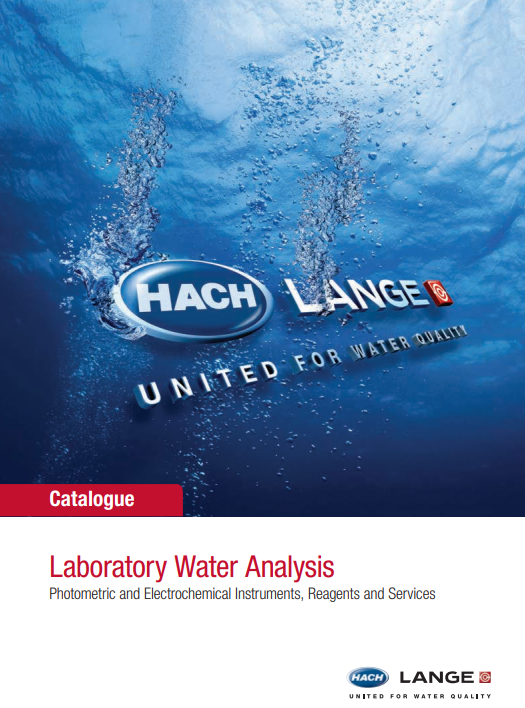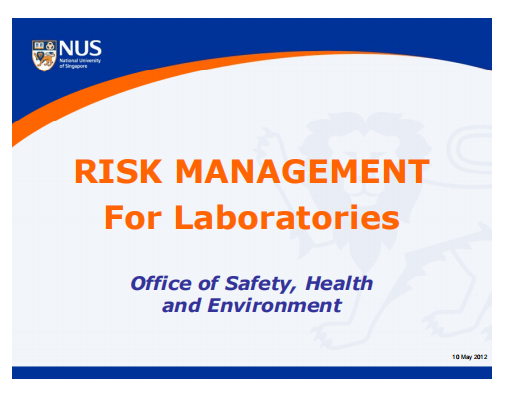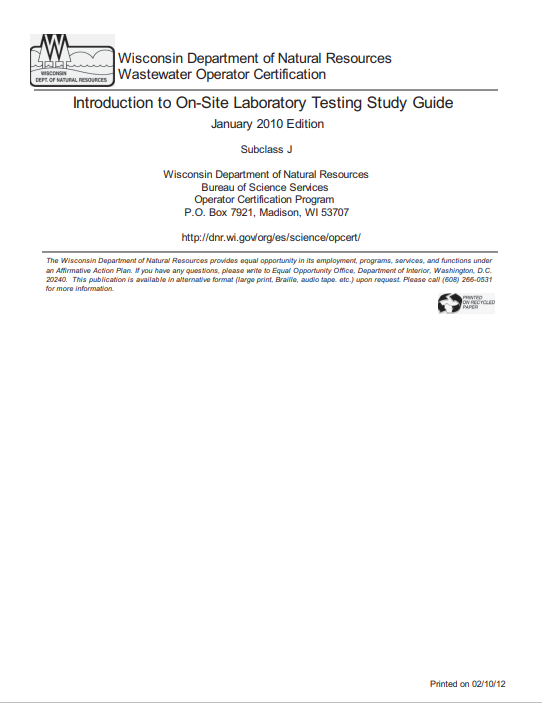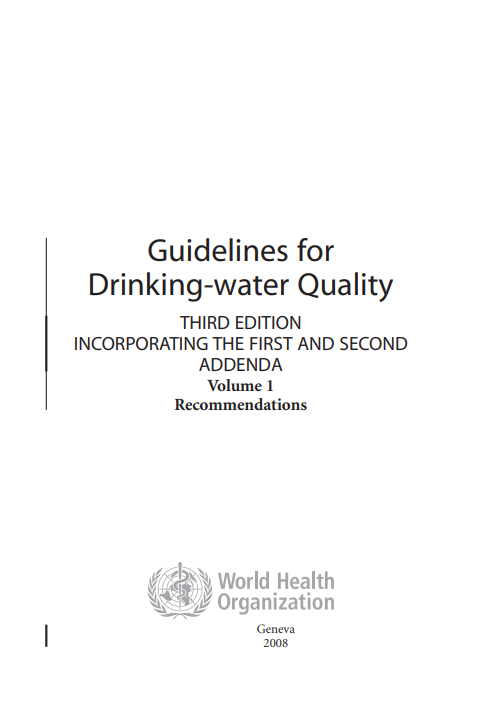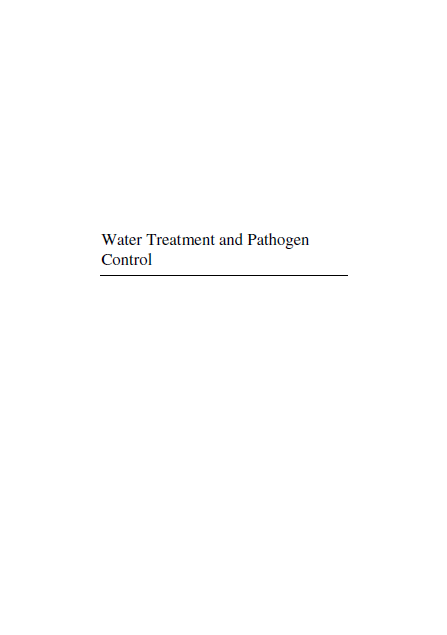Investigation of The Quality of Water Treated by Magnetic Fields
Abstract
Passing water through a magnetic field has been claimed to improve chemical, physical and bacteriological quality of water in many different applications. Although the treatment process has been used for decades, it still remains in the realms of pseudoscience. If the claims of treating water with magnets are true, the process offers improvements on many of our applications of water in today’s world. A large number of peer reviewed journal articles have reported contradictory claims about the treatment.. Some of the most beneficial claimed water applications from magnetically treated water include improvement in scale reduction in pipes and enhanced crop yields with reduced water usage. Today we are still unsure whether the technology works and those who do believe it works are still trying to understand the mechanisms of how it works. Many research papers are starting to develop similar theories behind the mechanism of the treatment. From previous studies, it has been determined that the most successful MTD’s are those with alternating poles. The majority of the experiments performed during this research were determined to have insufficient controls to produce conclusive results. The conclusions from this research were focused on designing improved experiments to provide more conclusive results. A theory was developed to explain the MTD’s mechanisms of scale reduction. While the experimental results were not conclusive, the results attained backed the theory. Magnetically treated water does not do all that it is claimed it does. However, some of the positive results obtained during this research suggest that the improved experiments developed from this research may provide conclusive results on this controversial topic.
Investigation of The Quality of Water Treated by Magnetic Fields
Abstract
Passing water through a magnetic field has been claimed to improve chemical, physical and bacteriological quality of water in many different applications. Although the treatment process has been used for decades, it still remains in the realms of pseudoscience. If the claims of treating water with magnets are true, the process offers improvements on many of our applications of water in today’s world. A large number of peer reviewed journal articles have reported contradictory claims about the treatment.. Some of the most beneficial claimed water applications from magnetically treated water include improvement in scale reduction in pipes and enhanced crop yields with reduced water usage. Today we are still unsure whether the technology works and those who do believe it works are still trying to understand the mechanisms of how it works. Many research papers are starting to develop similar theories behind the mechanism of the treatment. From previous studies, it has been determined that the most successful MTD’s are those with alternating poles. The majority of the experiments performed during this research were determined to have insufficient controls to produce conclusive results. The conclusions from this research were focused on designing improved experiments to provide more conclusive results. A theory was developed to explain the MTD’s mechanisms of scale reduction. While the experimental results were not conclusive, the results attained backed the theory. Magnetically treated water does not do all that it is claimed it does. However, some of the positive results obtained during this research suggest that the improved experiments developed from this research may provide conclusive results on this controversial topic.
Water Treatment and Pathogen Control
This document is part of a series of expert reviews on different aspects of microbial water quality and health, developed by the World Health Organization (WHO) to inform development of guidelines for drinking-water quality, and to help countries and suppliers to develop and implement effective water safety plans. Contamination of drinking-water by microbial pathogens can cause disease outbreaks and contribute to background rates of disease. There are many treatment options for eliminating pathogens from drinking-water. Finding the right solution for a particular supply involves choosing from a range of processes. This document is a critical review of some of the literature on removal and inactivation of pathogenic microbes in water. The aim is to provide water quality specialists and design engineers with guidance on selecting appropriate treatment processes, to ensure the production of high quality drinking-water. Specifically, the document provides information on choosing appropriate treatment in relation to raw water quality, estimating pathogen concentrations in drinking-water, assessing the ability of treatment processes to achieve health-based water safety targets and identifying control measures in process operation.
Water Treatment and Pathogen Control
This document is part of a series of expert reviews on different aspects of microbial water quality and health, developed by the World Health Organization (WHO) to inform development of guidelines for drinking-water quality, and to help countries and suppliers to develop and implement effective water safety plans. Contamination of drinking-water by microbial pathogens can cause disease outbreaks and contribute to background rates of disease. There are many treatment options for eliminating pathogens from drinking-water. Finding the right solution for a particular supply involves choosing from a range of processes. This document is a critical review of some of the literature on removal and inactivation of pathogenic microbes in water. The aim is to provide water quality specialists and design engineers with guidance on selecting appropriate treatment processes, to ensure the production of high quality drinking-water. Specifically, the document provides information on choosing appropriate treatment in relation to raw water quality, estimating pathogen concentrations in drinking-water, assessing the ability of treatment processes to achieve health-based water safety targets and identifying control measures in process operation.


